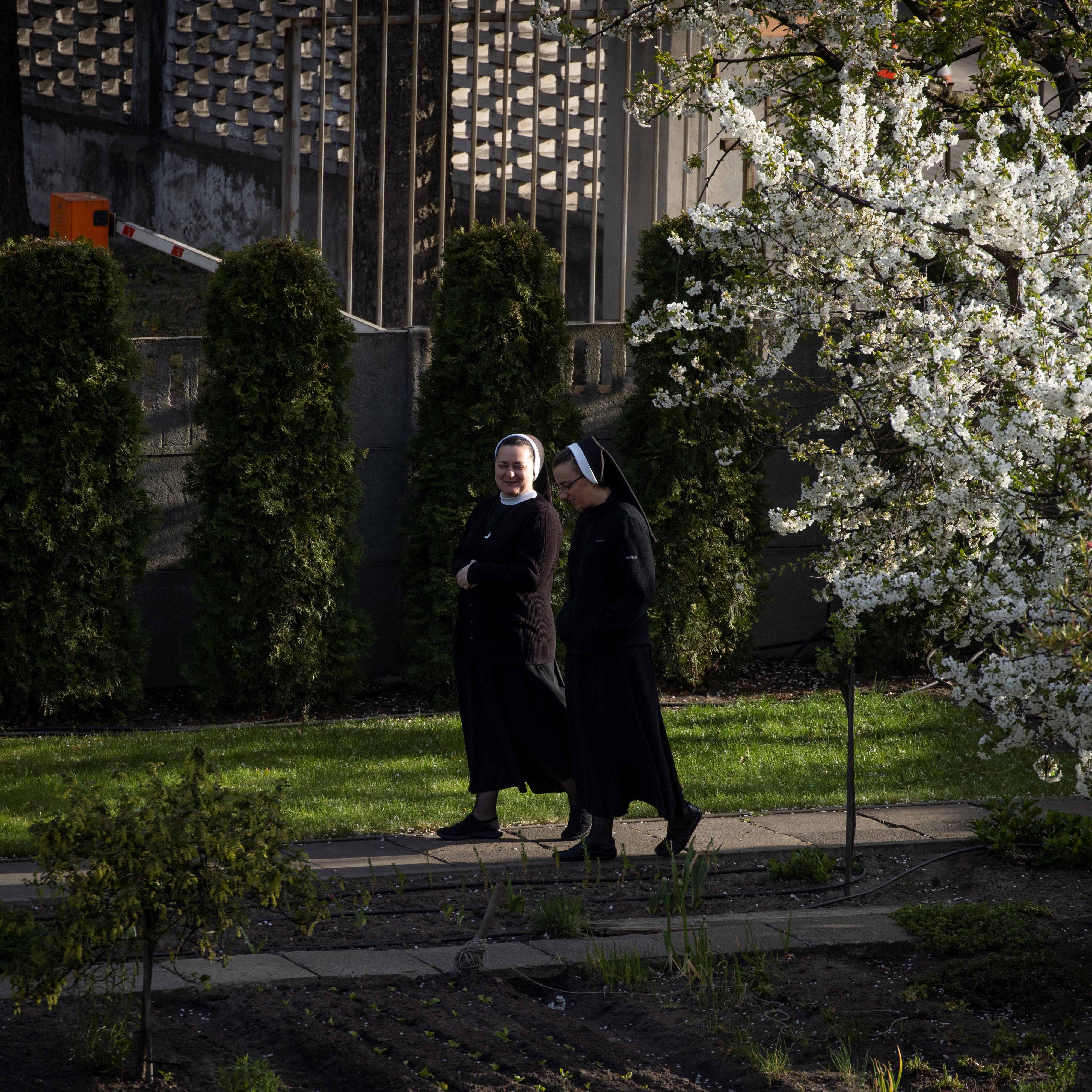A gaping hole has just opened up in my locked down day: I’ve just finished The Mirror and the Light, part three of Hilary Mantel’s widely – and justifiably – acclaimed Wolf Hall trilogy of novels about Thomas Cromwell, Putney boy made good and chief fixer of Henry VIII.
This final instalment is bookended by blood and horror: the beheading of Anne Boleyn in early 1536 and Cromwell’s own death on the scaffold four and a half years later.
Woven into the novel’s captivating narrative of court politics, the shifting sands of international diplomacy, bitter personal enmities, royal impotence and religious reform is the fate of England’s monasteries. For it was between 1536 and 1540, the exact period covered by The Mirror and the Light, that the Dissolution of the Monasteries occurred – the forcible suppression of approximately 900 abbeys, priories, nunneries and hospitals.
The Dissolution is acknowledged as a turning point in English history. But five hundred years after this epoch-making event, historians still can’t agree about its causes.
Did the proud prelates, chubby monks and lascivious nuns have it coming to them, their way of life irrelevant in a time of popular, bible-based religious reform?
Or did the monasteries still speak to the religious and social needs of the men and women of early Tudor England, their forced suppression a product of a top-down Reformation motivated as much by caprice and greed as a desire for religious reform?
A recent generation of scholars – myself included – favour the latter view, and can point to compelling evidence showing the vitality of the monasteries in the years before their suppression. In large parts of the country they remained genuinely popular, their prayers esteemed by people from across society. Until the moment of their suppression (and in some cases beyond), many monks and nuns really couldn’t believe that their institutions, some with histories stretching back 1000 years, faced extinction.
But you won’t find any of this scholarship reflected in the pages of The Mirror and the Light. Instead, the novel reflects a historiographical tradition established at the time of the English Reformation by the winning Protestant side which interpreted Thomas Cromwell was nothing short of a Protestant saint.
The only monks who are given a sympathetic portrayal by Mantel are the former friars burnt to death for heresy. The description of their suffering, and that of other Protestant martyrs, is as sickening and gut wrenching as anything you’ll encounter in John Foxe’s Actes and Monuments.
There’s no such empathy and compassion when it comes to the execution of the aged abbot of Glastonbury for his defiance of the royal will. Those dying for their defence of the monasteries and traditional religion are portrayed at best as obstinate and deluded, at worst as traitors with malign motives and often both.
The enormous cultural cost of the Dissolution is passed over with little more than a shrug. The account of the dismantling of the shrine of St Thomas Becket at Canterbury Cathedral is used as an opportunity to show how the monks defrauded the faithful with feigned relics. Indeed, the role of monasteries as custodians of relics such as Becket’s bones, the Holy Blood of Hailes and the Rood of Grace at Boxley provided powerful ammunition to leading evangelicals, who in fiery sermons denounced the monasteries for providing training in ‘superstition’.
But to be honest, I don’t mind this one bit. In fact, I lapped it up.
This is, after all, a novel with Thomas Cromwell as its main protagonist. It’s only to be expected that the image of the monasteries we’re presented with is filtered through his prism.
Moreover, there can be no doubt that this is a novel based on wide reading and research. It was especially pleasing to see that this intersected with my own interests, which are focused on saints, relics and monasteries, especially Cistercian abbeys in northern England.
Mantel’s erudition is apparent when the novel’s focus turns to the plundering of the monastic libraries. While leafing through a volume destined for the bookshelves of Henry VIII, Cromwell encounters some monkish ghost stories. He gives them short shrift. Their intention was to show the efficacy of prayer and pilgrimage for the release of souls from the pains of Purgatory, core monastic beliefs and deeply offensive to evangelicals like Cromwell.
The description of a tortured soul manifested as a flapping sheet and a ghostly procession with the spirit of an unbaptised infant following in its wake left me in no doubt that Cromwell was perusing the stories written by a monk of Byland Abbey, a Cistercian monastery in Yorkshire, in around 1400. They’re now in the collections of the British Library.
The Cambridge don and manuscript scholar Montague Rhodes James, who is best known today for his own ghost stories, first brought these twelve stories to wider attention in the 1920s.
Mantel’s deep knowledge of the monasteries again becomes apparent in the novel’s closing pages when the miracles of St Aelred are mentioned, albeit disparagingly. Aelred was abbot of the great Yorkshire monastery of Rievaulx between 1147 and 1167. A loving father to his monks (and for some modern Christians, a gay saint) Aelred’s many miracles are described in a biography, or Life, written by his brother monk, Walter Daniel.
For most of the Middle Ages, veneration of Aelred was largely confined to his own monastery and its surrounding area. The abbey possessed a ‘belt of St Aelred’, a portion of his habit that was leant to local women during their confinement in the belief that it would ease the pains and dangers of childbirth.
However, in 1516, the saint gained wider fame thanks to his inclusion in a printed collection of English saints lives. It’s therefore entirely plausible that Cromwell and his circle were aware of Aelred’s miracle working powers, which they would doubtless have dismissed as monkish fantasies.
So thank you Hilary Mantel. I’m sure I’m not alone in finding my lockdown just that bit more bearable because of the Mirror and the Light. And I’m in your debt for bringing Byland and Rievaulx, monasteries I’ve spent over a decade of my life researching, to wider attention.
Michael Carter is Fellow at the Institute of Historical Research, University of London.



 Loading ...
Loading ...
What do you think?
You can post as a subscriber user ...
User comments (0)